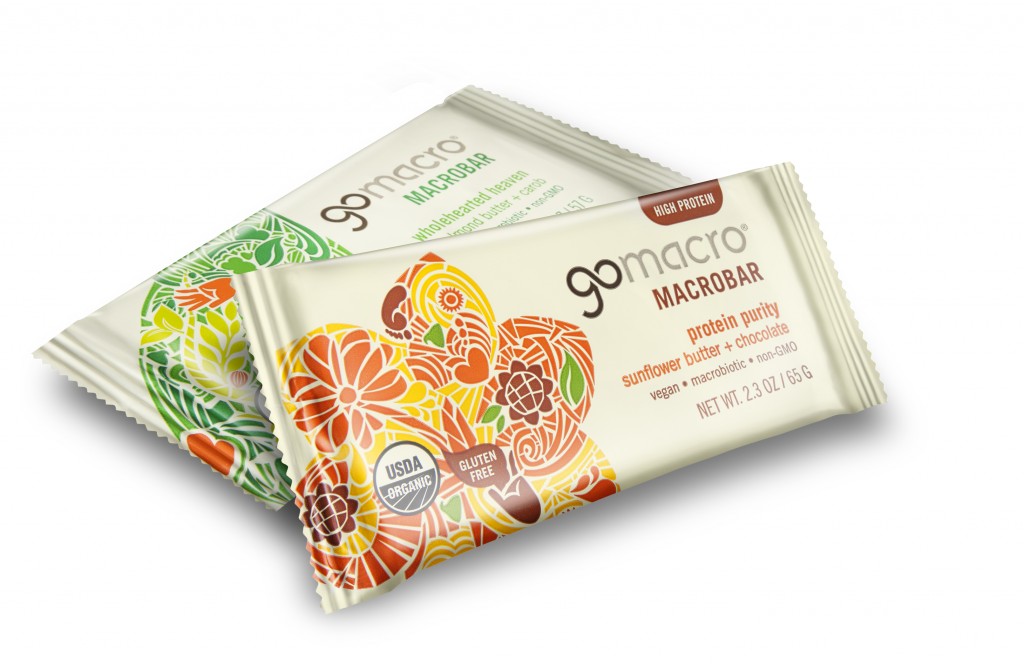The History of Macrobiotic
Before there was Atkins or Paleo, macrobiotic eating was popular. The term “macrobiotic” was first used by Christopher William Hufeland, a German professor, in the year 1797. ((http://www.archive.org/stream/hufelandsartofpr00huferich/hufelandsartofpr00huferich_djvu.txt)) Hufeland’s book Art of Prolonging Life states in the preface:
THE life of man, physically considered, is a peculiar chemico-animal operation ; a phenomenon effected by a concurrence of the united powers of Nature with matter in a continual state of change. This, like every other physical operation, must have its defined laws, boundaries, and duration, so far as they depend on the sum of the given powers and matter, their application, and many other external as well as internal circumstances; but, like every other physical operation, it can be promoted or impeded, accelerated or retarded. By laying down just principles respecting its essence and wants, and by attending to observations made from experience, the circumstances under which this process may be hastened and shortened, or retarded and prolonged, can be discovered. Upon this may be founded dietetic rules and a medical mode of treatment for preserving life; and hence arises a particular science, the MACROBIOTIC, or the art of prolonging it, which forms the subject of the present work.

About a 100 years later, Sagen Ishizuka, a Japanese doctor, developed 5 principles for macrobiotic living:
-
Food is the foundation of life, character, constitution, happiness and health or sickness.
-
Sodium and potassium are the primary antagonistic and complementary elements in food. They most strongly determine its character, or “yin/yang” quality. Food must be balanced in its contents of potassium and sodium.
-
For mankind, the main staple food is grain.
-
Food should be unrefined, whole, and natural.
-
Foods are best if they are grown locally and eaten in season.((http://www.edenfoods.com/articles/view.php?articles_id=66))
The macrobiotic diet was the first healthy plan for eating I learned about when I became vegetarian thirty years ago. Being a vegetarian is not required to be macrobiotic (fish is part of the diet, and infrequent red meat is allowed).
Macrobiotic is literally translated from Greek to mean:
macro=great
bio=life
biotics= pertaining to life ((http://www.vocabulary.com/dictionary/biotic))
George Ohsawa, a student of Ishizuka, wrote in the book You Are All Sanpaku
So the word macrobiotics — derived from the Greeks, a people who also knew that a sound mind cannot exist in a tense and disturbed body — is used here to convey the idea of this ancient art of selecting, and preparing food so as to produce longevity and rejuvenation.((https://en.wikipedia.org/wiki/Macrobiotic_diet))
What is macrobiotic eating?

I recently have once again renewed my interest in eating macrobiotic. When I think of macrobiotic eating, I think of brown rice, seaweed, and steamed vegetables. I have returned to eating more in line with macrobiotics after discussing my digestion issues with my massage therapist. When I told her bloated and gassy my intestines get from raw food, she suggested I eat only cooked fruits and vegetables. My intellect tells me raw is better, but my body is telling me something different. It’s time to listen to my body and remember macrobiotics.
It’s important to note that macrobiotic is not a diet. It is much more than that. The effects of food on your health and well-being are more important than some strict dietary guidelines. The Kushi Institute explains and makes the following recommendations:
Macrobiotics is a system that can be used to create extraordinary health, through using both traditional wisdom and modern knowledge to ascertain the underlying causes of an individuals current health challenges, and make adjustments to their food and lifestyle choices that support health improvement. Not simply a “diet”, macrobiotic recognizes the profound effects food, environment, activities, and attitude all have on our body-mind-emotions.
Macrobiotic Lifestyle Suggestions
- Eat only when hungry.
- Proper chewing (around 50 times or more per mouthful) is important for good digestion and assimilation of nutrients.
- Eat in an orderly and relaxed manner. When you eat, sit with a good posture and take a moment to express gratitude for the food.
- You may eat regularly two or three times per day, as much as you want, provided the proportion is generally correct and each mouthful is thoroughly chewed. It is best to leave the table satisfied but not full.
- Drink liquids moderately, only when thirsty.
- For the deepest and most restful sleep, retire before midnight and avoid eating at least 2 to 3 hours before sleeping.
- Wash as needed, but avoid long hot baths or showers which deplete the body of minerals.
- Use cosmetics and cleaning products that are made from natural, non-toxic ingredients. Avoid chemically-perfumed products. For care of the teeth, brush with natural toothpaste.
- As much as possible, wear cotton clothing, especially for undergarments. Avoid wearing synthetic or woolen clothing directly on the skin. Avoid wearing excessive accessories.
- Spend time outdoors if strength permits. Walk on the grass, beach, or soil up to one half hour every day. Spend some time in direct sunlight.
- Exercise regularly. Activities may include walking, yoga, martial arts, dance, etc.
- Include some large green plants in the home to freshen and enrich the oxygen content of the air. Open windows daily to permit fresh air to circulate, even in cold weather.
- Keep your home in good order, especially the areas where food is prepared and served.
- To increase circulation and elimination of toxins, scrub the entire body with a hot, damp towel every morning or every night. If that is not possible, at least scrub the hands, feet, fingers and toes.
- Avoid using electric cooking devices (ovens and ranges) or microwave ovens. The use of a gas or wood stove is preferred.
- Use earthenware, cast iron, or stainless steel cookware rather than aluminum or Teflon-coated pots.
- Minimize the frequent use of television and computers. When using a computer, protect yourself from potentially harmful electromagnetic fields with a protective shield over the screen or other safety devices.
- Sing a happy song!((http://www.kushiinstitute.org/what-is-macrobiotics/))
A few of these recommendations are hard for me (frequent use of iPhone and computer and long, hot baths), but when I carefully reflect on when I feel the best physiologically and emotionally, it is when I am more in align with these principles. I’m not giving up coffee though 🙂
How to snack like a macrobiotic
The majority of food in the macrobiotic pyramid are cooked whole grains like brown rice, barley, millet, oats, corn, rye, wheat, and buckwheat. Leftovers from dinner are great for snacking like a macrobiotic, especially if they include seasonal, cooked vegetables. But what about when you just need to grab a quick snack and there are no leftovers?
We were sent GoMacro Organic Macrobars to try. Gluten-free and vegan, these bars use wholesome ingredients that fall into the occasional category according to the macrobiotic guidelines.
Whether you need a protein or energy bar, a meal replacement, a delicious dessert or a healthy snack make MacroBars part of your lifestyle. If you have an active lifestyle or are just looking for something to boost your immune system you will find that these gluten free, organic bars will provide you with the energy you need.
The main sweetener is brown rice syrup, true to macrobiotics, but there is a small quantity of organic sugar in some of the flavors (chocolate chip). The bars we were sent are 100% organic! They have 100 calories per bar. The company is small, family-owned.
Not only are these bars great tasting, the company is sustainably and ecologically minded. From compostable packaging to ethical sourcing, GoMacro looks at the whole picture for your health and the planets!
Many energy bars, even natural ones, are packed full of calories and are really no better than a candy bar. GoMacro Organic Macrobars are different. You can eat them guilt-free and still maintain macrobiotic principles. I am truly happy to have found them!

Leave a Reply